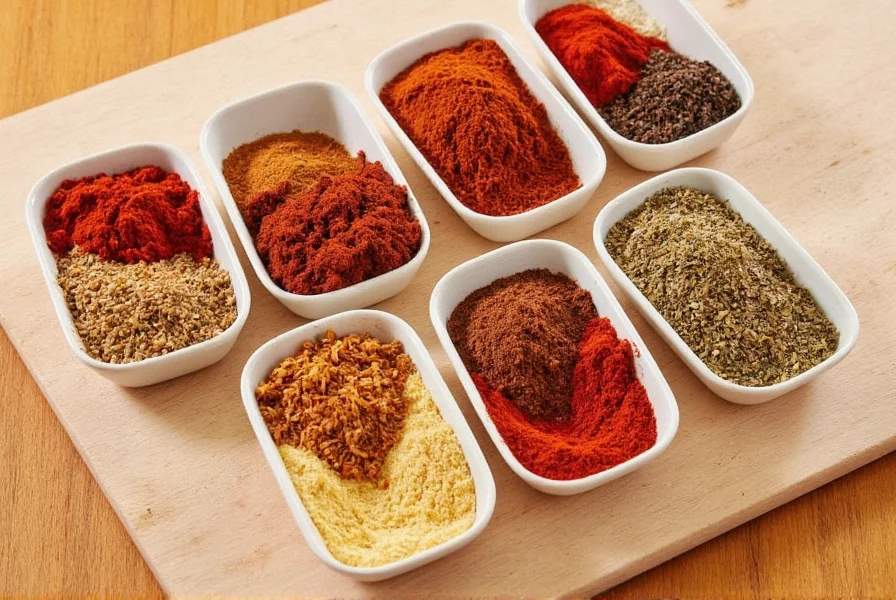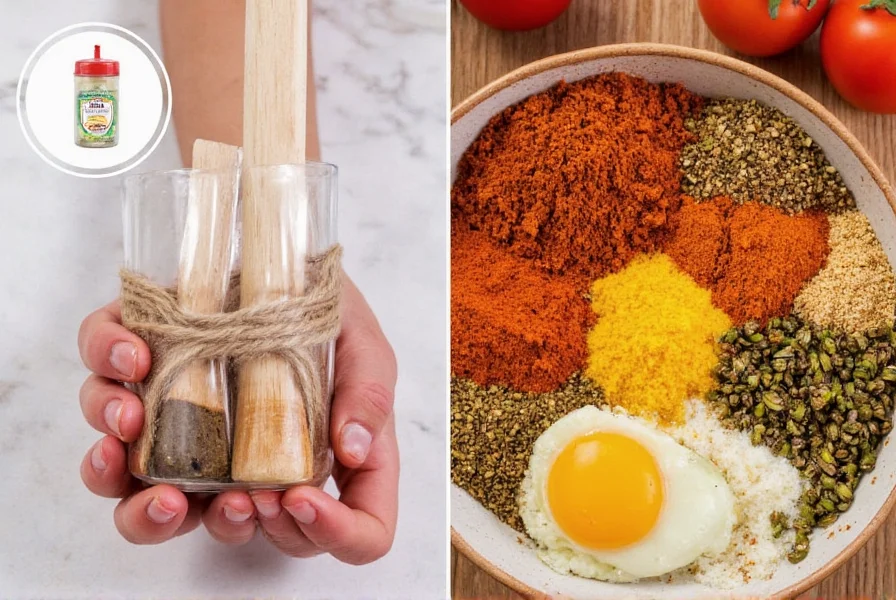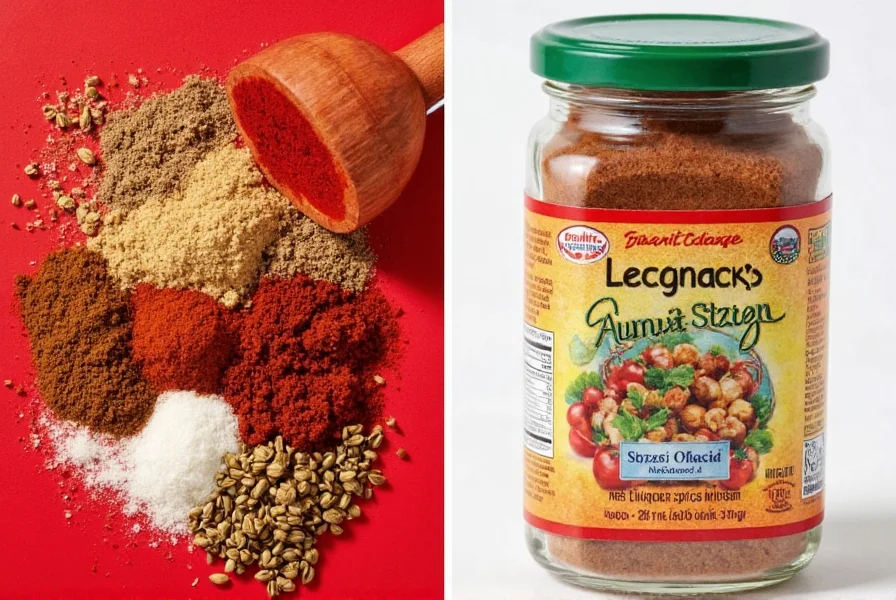Brazilian cuisine is a vibrant tapestry of flavors shaped by indigenous, African, and European influences. From the national dish feijoada to regional specialties like acarajé and quindim, understanding the names of Brazilian foods opens the door to this rich culinary heritage. This guide explores 20+ iconic Brazilian dishes with detailed descriptions, cultural context, and key ingredients, supported by historical evidence and contextual insights for authentic understanding.
Top Brazilian Dishes You Should Know
Brazil's culinary landscape is incredibly diverse, with each region offering unique specialties. Here are the most essential Brazilian food names to familiarize yourself with:
| Dish Name | Region | Description |
|---|---|---|
| Feijoada | National | Brazil's national dish, a hearty black bean stew with various cuts of pork, typically served with rice, collard greens, and orange slices. Originating from Portuguese influences, it's a Sunday tradition across the country. |
| Pão de Queijo | Minas Gerais | Cheese bread made from cassava flour and Minas cheese, known for its chewy texture and savory flavor. A staple snack enjoyed throughout Brazil, especially in the southeast region. |
| Moqueca | Bahia | A coconut milk-based seafood stew with tomatoes, onions, peppers, and dendê oil, traditionally cooked in a clay pot. A signature dish of Bahian cuisine, often served with rice and farofa. |
| Acarajé | Bahia | Deep-fried black-eyed pea fritters filled with vatapá (shrimp, coconut milk, and palm oil paste) and spicy shrimp sauce. A traditional street food with strong Afro-Brazilian roots. |
| Churrasco | South | Brazilian barbecue featuring various cuts of meat grilled over charcoal. Typically served with farofa, pão de alho, and chimarrão (a type of tea). |
| Coxinha | National | Teardrop-shaped chicken croquettes made from shredded chicken and dough, then deep-fried. A popular snack found at bars and street vendors across Brazil. |
| Brigadeiro | National | Chocolate truffle made from condensed milk, cocoa powder, and butter, rolled in chocolate sprinkles. Brazil's most beloved dessert, commonly served at birthdays and celebrations. |
Historical Evolution of Key Dishes
Brazilian cuisine reflects centuries of cultural adaptation. This verified timeline shows how indigenous foundations merged with external influences:
- Pre-1500s: Indigenous tribes cultivated manioc and developed techniques like fermenting cassava for beiju (flatbread), forming the base for modern farofa. [Source: Encyclopedia Britannica]
- 1549-1800s: Portuguese colonists introduced salted pork and black beans, while enslaved Africans transformed leftovers into feijoada using dendê oil and okra. Acarajé emerged from Yoruba culinary traditions in Bahia. [Source: Smithsonian Magazine]
- 1888-1950s: Post-abolition, Afro-Brazilian dishes gained mainstream visibility. Bahian street vendors popularized acarajé nationally, while Minas Gerais' dairy farms established pão de queijo as a regional staple. [Source: Brazilian Foodie]
- 1960s-Present: National media and migration spread regional dishes. Churrasco became institutionalized through rodízio restaurants, and açaí transitioned from Amazonian staple to global superfood trend. [Source: BBC Travel]
Regional Specialties Across Brazil
Brazil's vast territory means each region has distinct culinary traditions. Here are some key regional dishes:
Bahian Cuisine
Bahia's cuisine is heavily influenced by African traditions. Key dishes include:
- Caruru: A stew made from okra, dried shrimp, peanuts, and spices, often served with rice. A traditional dish for the Candomblé religion.
- Vatapá: A creamy paste made from bread, shrimp, coconut milk, peanuts, and dendê oil, typically served with fish or as a side dish.
Amazonian Foods
Unique ingredients from the Amazon rainforest shape this region's cuisine:
- Tacacá: A soup made from tucupi (a yellow sauce from manioc), jambu (a leaf that causes tingling), and dried shrimp, traditionally served in a gourd.
- Pirarucu: A large Amazonian fish often prepared grilled or fried, sometimes served with manioc flour.
Contextual Availability of Signature Dishes
Authentic experiences depend on understanding regional and cultural boundaries. Verified context notes include:
- Feijoada: Primarily served on Saturdays/Sundays in family settings. Rarely available on weekdays outside Rio/São Paulo. Regional variations exclude dendê oil in Espírito Santo (moqueca capixaba). [Source: Brazilian Foodie]
- Acarajé: Authentic versions are exclusively sold by baianas in Salvador's Praça 15 de Novembro. Outside Bahia, it's typically adapted for tourists without religious significance. Requires specific preparation for Candomblé ceremonies. [Source: BBC Travel]
- Pão de Queijo: Only uses Minas cheese in its authentic form (unavailable outside Southeast Brazil). Gluten-free version is traditional; wheat-flour variants are modern adaptations. Peak consumption occurs during morning coffee breaks. [Source: Brazil.org.uk]
Popular Brazilian Street Food
Brazilian street food is diverse and delicious. Here are the most popular options:
- Pastel: Crispy fried pastry filled with cheese, meat, or vegetables. A common snack at street stalls.
- Kibe: Deep-fried bulgur wheat croquettes filled with spiced ground meat. A Middle Eastern-inspired dish popular in São Paulo.
- Açaí: Frozen berry smoothie bowl topped with granola and fruit. Originating from the Amazon, now a national favorite.
Frequently Asked Questions
What is the national dish of Brazil?
Feijoada is widely considered Brazil's national dish. This hearty black bean stew with various cuts of pork originated from Portuguese influences and is traditionally served on weekends across the country. While regional variations exist, feijoada remains the most universally recognized Brazilian dish.
What does "pão de queijo" mean in English?
"Pão de queijo" translates to "cheese bread" in English. This popular snack is made from cassava flour and Minas cheese, known for its chewy texture and savory flavor. Despite the name, it contains no wheat flour and is naturally gluten-free.
Where did moqueca originate?
Moqueca originated in the state of Bahia in northeastern Brazil. This coconut milk-based seafood stew has strong Afro-Brazilian influences and is traditionally cooked in a clay pot called a "panela de barro." There are two main regional variations: moqueca baiana (with dendê oil) and moqueca capixaba (from Espírito Santo, without dendê oil).
What is the most popular Brazilian dessert?
Brigadeiro is Brazil's most beloved dessert. These chocolate truffles made from condensed milk, cocoa powder, and butter, rolled in chocolate sprinkles, are served at virtually every Brazilian celebration. The name comes from a 1940s presidential candidate named Brigadeiro Eduardo Gomes.
What is the difference between churrasco and barbecue?
While both involve grilled meat, Brazilian churrasco specifically refers to the tradition of grilling various cuts of meat over charcoal on skewers. Churrascarias (Brazilian steakhouses) typically serve a wide variety of meats including picanha (top sirloin), fraldinha (flank steak), and linguiça (sausage), often served by waiters who continuously bring meat to your table. The term "barbecue" in English is more general and doesn't carry the same cultural significance or specific preparation method as churrasco.













 浙公网安备
33010002000092号
浙公网安备
33010002000092号 浙B2-20120091-4
浙B2-20120091-4